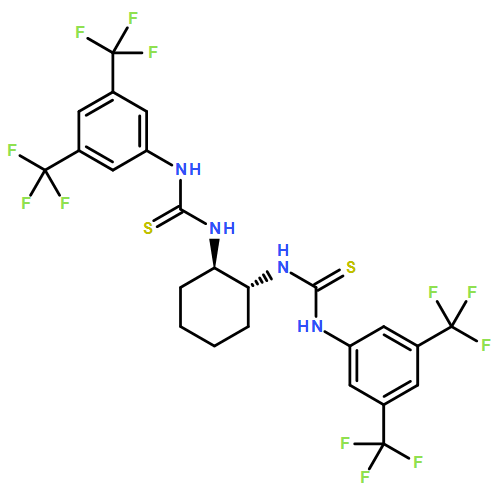Co-reporter: Nisha Mittal; Katharina M. Lippert; Chandra Kanta De; Eric G. Klauber; Thomas J. Emge; Peter R. Schreiner;Daniel Seidel
pp: 5748-5758
Publication Date(Web):April 14, 2015
DOI: 10.1021/jacs.5b00190
Racemic benzylic amines undergo kinetic resolution via benzoylation with benzoic anhydride in the presence of a dual catalyst system consisting of a readily available amide-thiourea catalyst and 4-dimethylaminopyridine (DMAP). An evaluation of various experimental parameters was performed in order to derive a more detailed understanding of what renders this process selective. The catalyst’s aggregation behavior and anion-binding ability were evaluated in regard to their relevance for the catalytic process. Alternate scenarios, such as catalyst deprotonation or the in situ formation of a neutral chiral acylating reagent were ruled out. Detailed computational studies at the M06/6-31G(d,p) level of theory including solvent modeling utilizing a polarized continuum model provide additional insights into the nature of the ion pair and reveal a range of important secondary interactions that are responsible for efficient enantiodiscrimination.
